Moldova vs. Transnistria
1992 - ongoing by 2011
Core issue: Transnistria self proclaimed its independence against the territorial integrity of Moldova
Type of conflict ending: Conflict ongoing by 2011
The socio-political and territorial contradictions between Moldova and the unrecognized Transnistrian Moldovan Republic led to armed confrontation after Moldova gained independence in 1992. The Russian-speaking minority living east of the Dniester River feared unification of the newly-independent state of Moldova with Romania and proclaimed independence. Although the phase of combat operations between Moldovan and Transnistrian forces was short-lived, it led to a contested territorial issue that is not only
a stumbling block in relations within Moldova, but also makes the dialogue between Russia and the Western countries ambiguous. In spite of numerous negotiations on settling the conflict and the beginning of the "5+2 Peace Talks", the question of defining the status of the Transnistrian Moldovan Republic remains unresolved. The existence of Russian peacekeeping forces on the territory of Transnistria prolongs the solution of the conflict.
Ethnic Ukrainian and Russian civilians of Moldova perceived political programs of the Moldavian government in the social and cultural spheres as nationalistic and opposed unification with Romania. This led to the conflict known as Transnistrian War of 1992. The clashes between pro-government forces and separatists took place during spring and summer of 1992. The separatists were supported by the 14th Guards Army of the USSR and Russian and Ukrainian volunteers; the pro-governmental forces received help from Romanian volunteers.
Through mediation by Russia and the OSCE, a ceasefire agreement was signed on July 21, 1992, by the Russian and Moldavian presidents. The 14th Guards Army was transformed into a peacekeeping unit, which along with Moldavian peacekeeping units, monitors the situation between Moldova and its break-away region of Transnistria. Further diplomatic initiatives ensued with the aim of resolving the conflict. In 1997, the Memorandum on the Basis for Normalization of Relations between the Republic of Moldova and Transnistria was signed by the leaders of Transnistria and Moldova through mediation by the Russian Federation, Ukraine and a mission implemented by the OSCE. In 2006, the "5+2 Peace Talks" were initiated to resolve the Transnistrian issue with Transnistria, Moldova, Ukraine, Russia and the OSCE as participants and the USA and EU as observers. The talks, however, have not culminated a tangible result and the dialogue was ceased due to the Ukrainian conflict which started in 2014. As of 2011, the conflict remained unresolved.
Sources
Humphries, R., 2001. "Transnistria: relic of a bygone era", The Japan Times, 8 October. https://www.japantimes.co.jp/life/2001/10/08/travel/transnistria-relic-of-a-bygone-era-2/#.W3avTl4za00. Accessed 7 August 2019.
Komarov, A., 2006. "V Duborossach otmetili godovshinu pervogo vooruzhennogo stolknovenija na Dnestre", Novyj Den, 2 November. https://newdaynews.ru/pmr/90227.html. Accessed 7 August 2019.
Löwenhardt, John, 2006. "The OSCE, Moldova and Russian diplomacy in 2003", Journal of Communist Studies and Transition Politics, 20 (4), 103-112.
Protsyk, Oleg, 2006. "Moldova's Dilemmas in Democratizing and Reintegrating Transnistria", Problems of Post-Communism, 53 (4), 29-41.
Sarkees, Meredith Reid and Frank Wayman, 2010. Resort to War: 1816-2007, Washington, DC: CQ Press
"UCDP - Uppsala Conflict Data Program: Moldova: Dniestr", 2019, Accessed 7 August 2019 <https://ucdp.uu.se/#/conflict/394>
